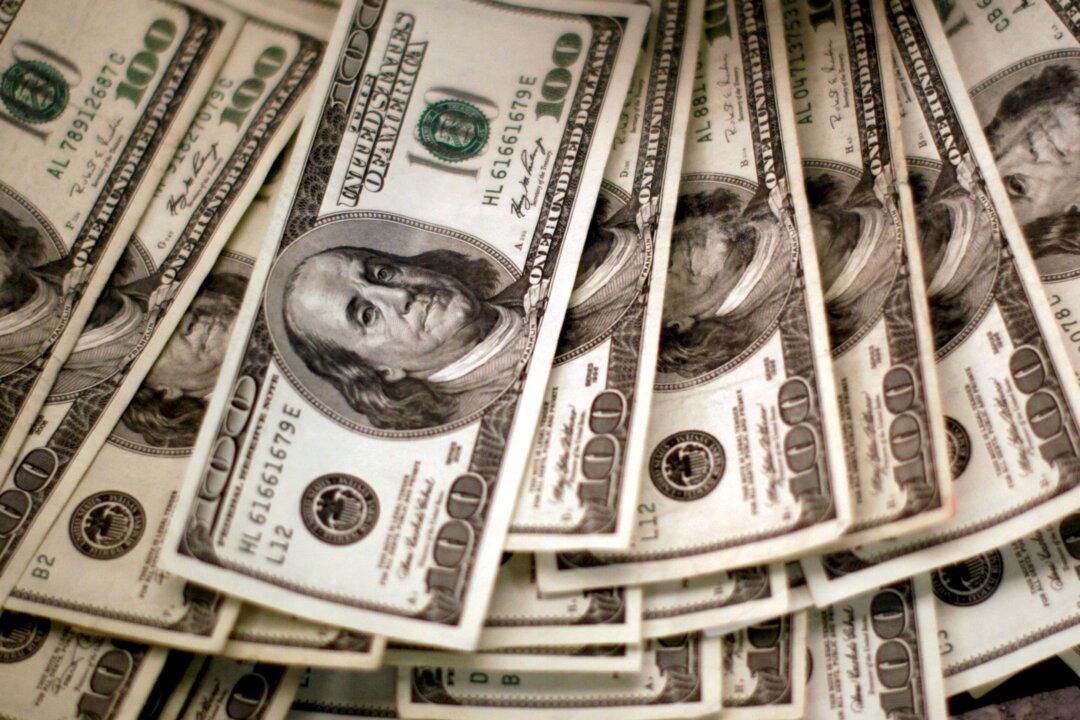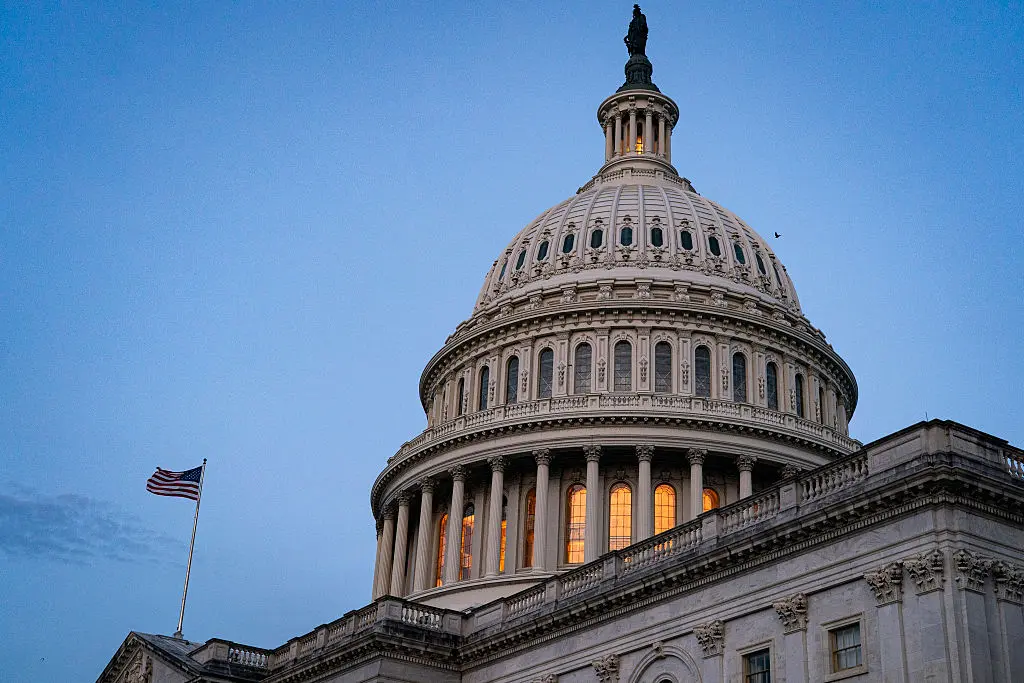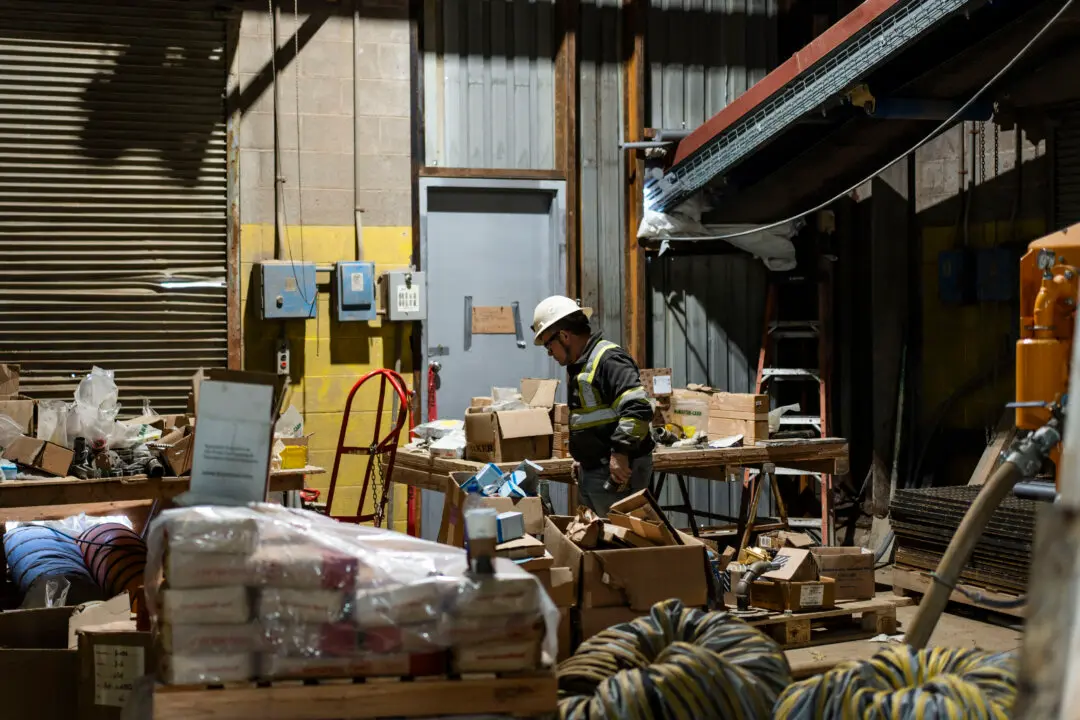The dollar started the week on a firm footing, with investors looking toward a flurry of economic data releases this week, including the key U.S. consumer inflation number that will factor into the Fed’s decision on tapering of stimulus.
The DXY dollar index, which measures the currency against six major rivals, rose 0.20 points to 92.78, hitting a two-week high, as of 4:55 a.m. New York time.





